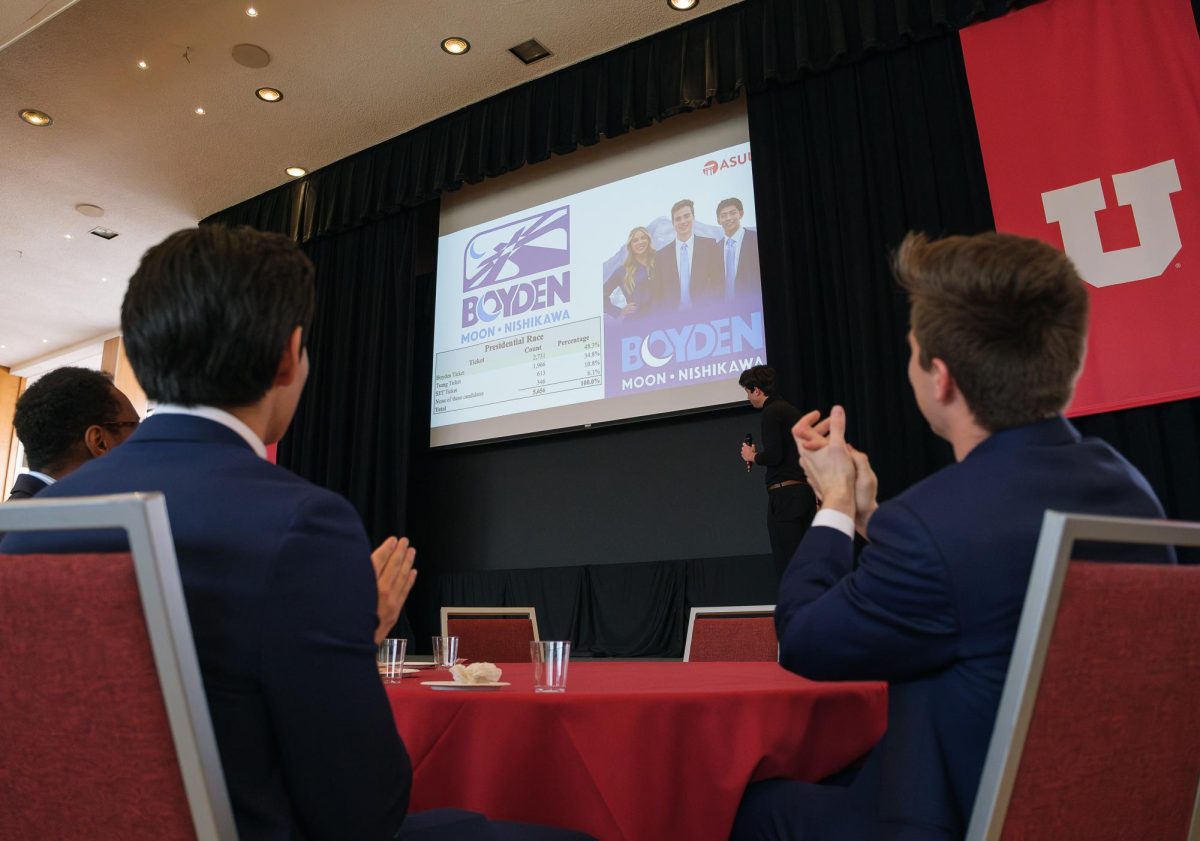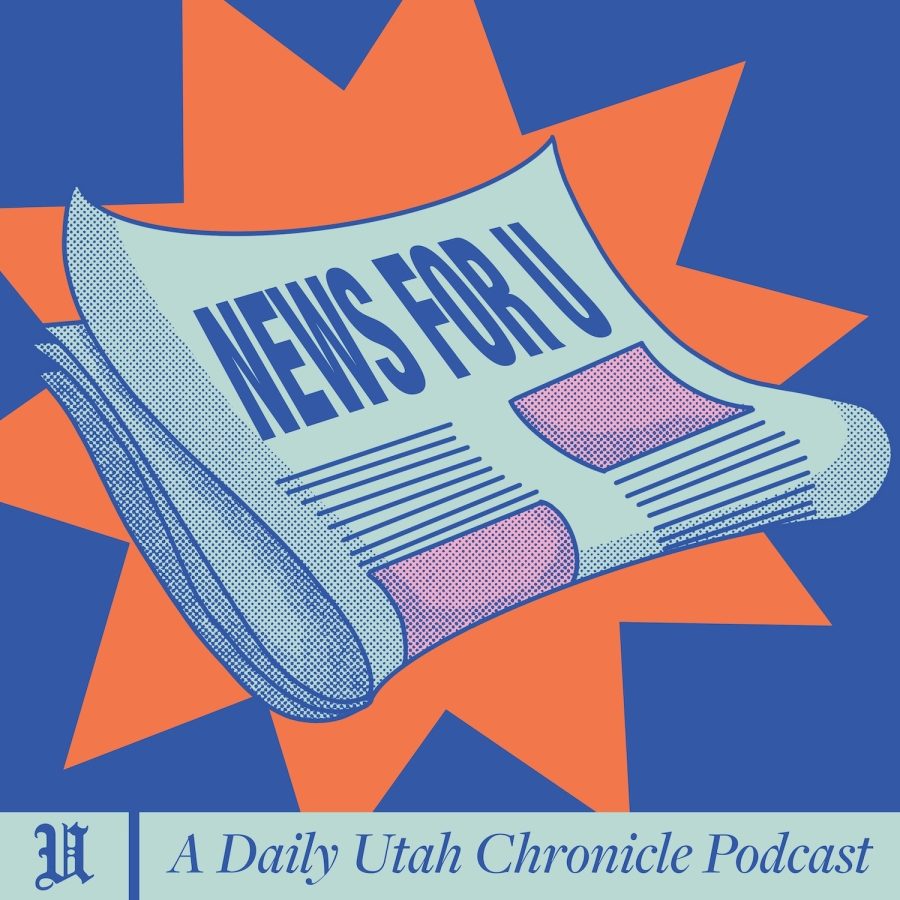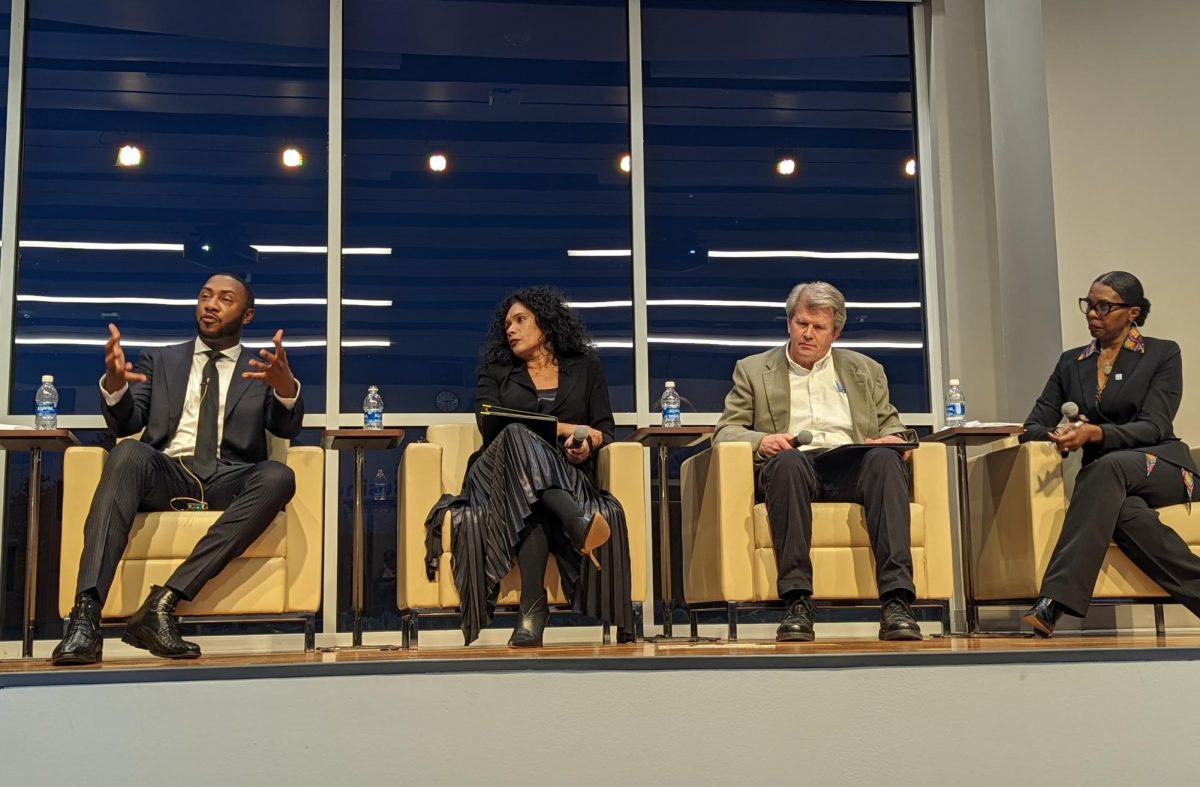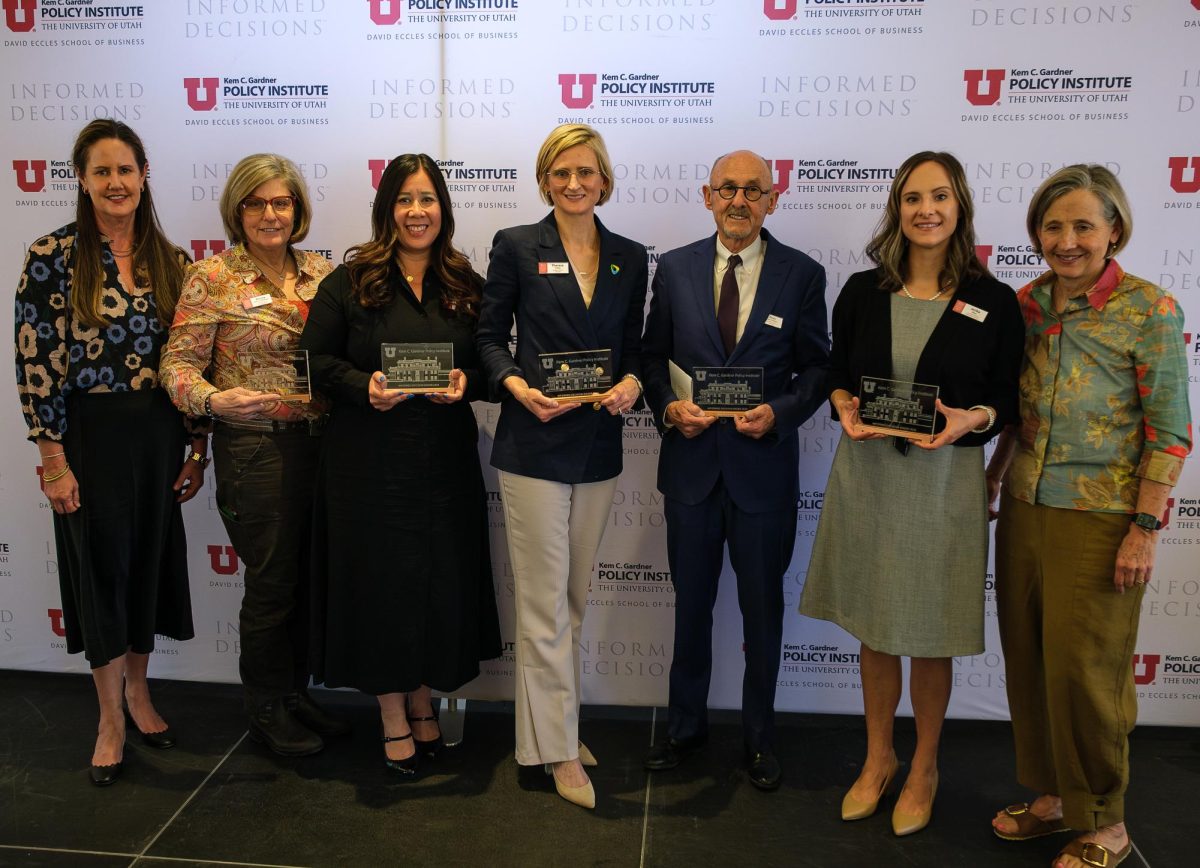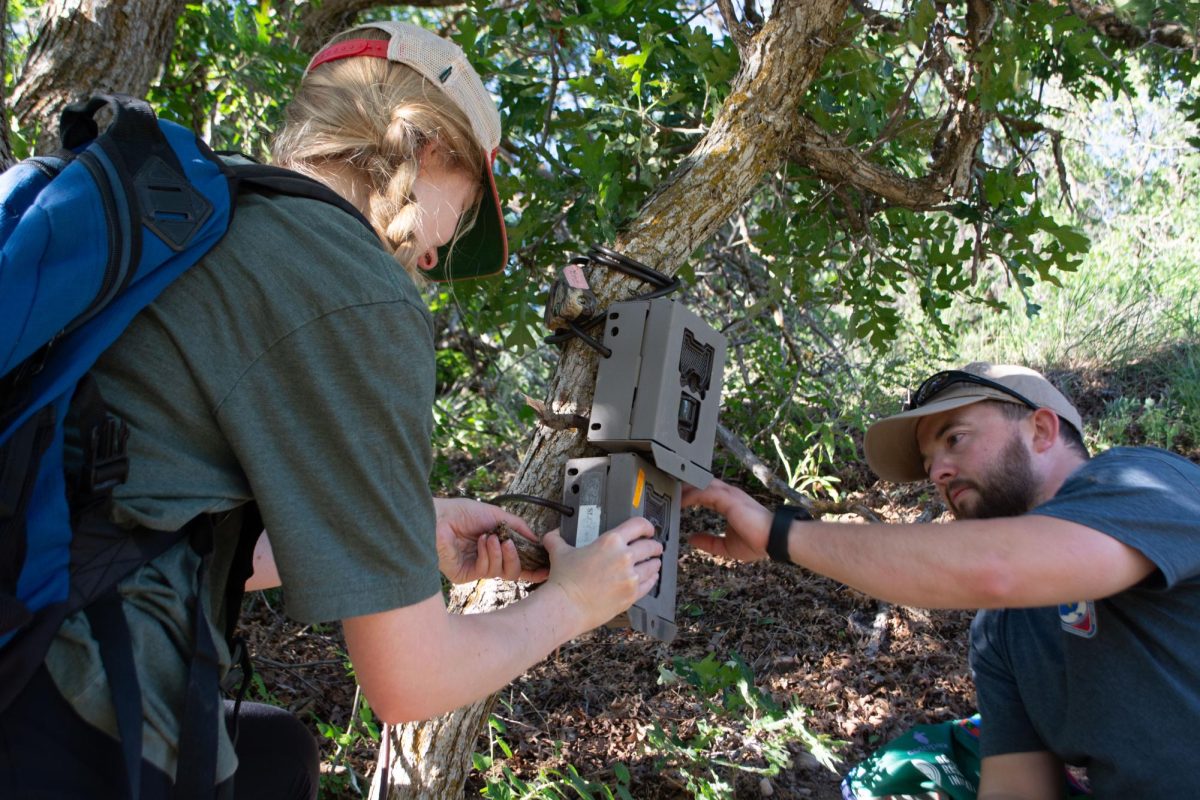[vc_row][vc_column][vc_column_text]

Ben Bromley, a professor in physics and astronomy, knows a lot about Pluto.
Speaking at the Science at Breakfast event, sponsored by the U’s College of Science, Bromley talked about how things have changed since 2006 when scientists declared that Pluto was not technically a planet. He called it a “trans-Neptunian object,” a minor planet that orbits the Sun at a greater average distance than Neptune.
TOP STORY: “VAGINA MONOLOGUES” TELL THE STORIES OF MANY WOMEN
Trans-Neptunian objects orbit around the sun, are spherical and have some moons themselves. However, they don’t meet all of the requisites set by the International Astronomical Union to qualify as a planet.
Bromley’s humor and fun explanations helped attendees understand the research he presented, which is one of the purposes of the science and breakfast events. Tim Ward, who works for Manufacturing Consulting Services, enjoys attending these lectures because it takes him away from his typical routine.
“I come to these events because they twist my mind,” he said. “What I hear here is different from my day-to-day existence job.”
The research Bromley presented is current and evolving. Similar research includes images released this week from the NASA New Horizon Probe, launched in 2006, of Pluto’s numerous moons. The probe is scheduled to reach the dwarf planet in July. Success in the nine-year journey could mean big things for future space travel.
Bromley said the research furthers the knowledge and abilities of space exploration and provides more details on how planets are formed. Jared Frandsen, a U alumnus in chemistry and health physics, came to the event for a chance to learn more.
“It was terribly interesting,” he said. “It gives answers to some of the questions I’ve had.”
Bromley is supportive of informing the public more about science topics.
“Science is what we do,” he said. “And we all do it at one level or another, so it’s our job as scientists to share our work.”
@carolyn_webber[/vc_column_text][/vc_column][/vc_row]









